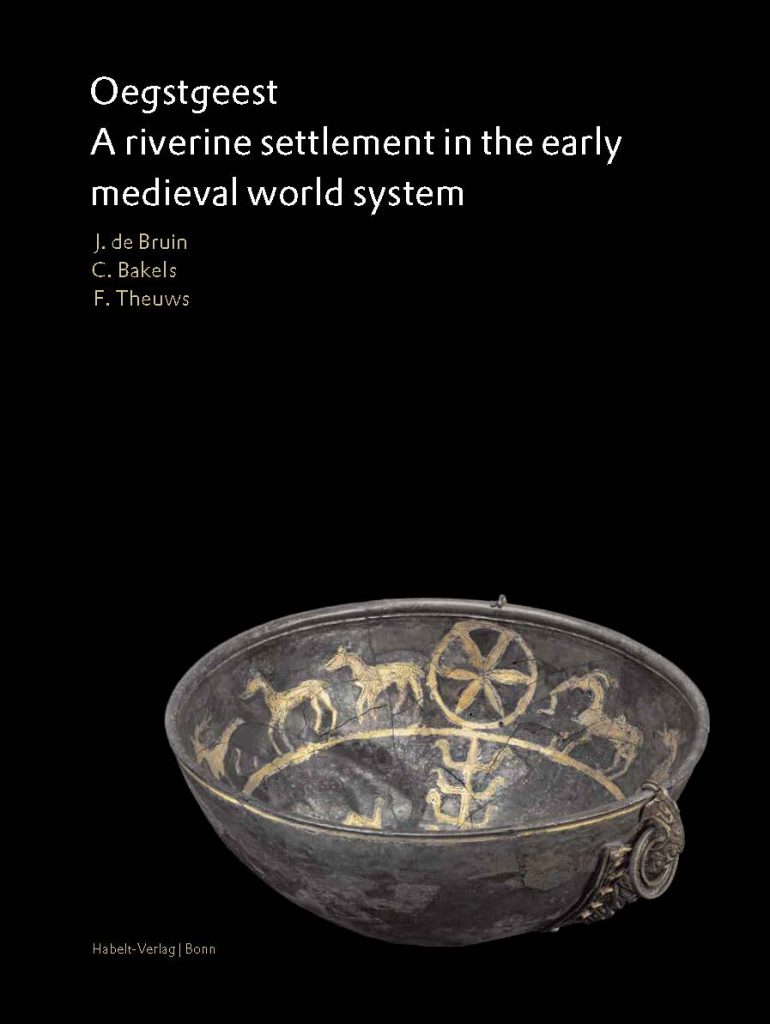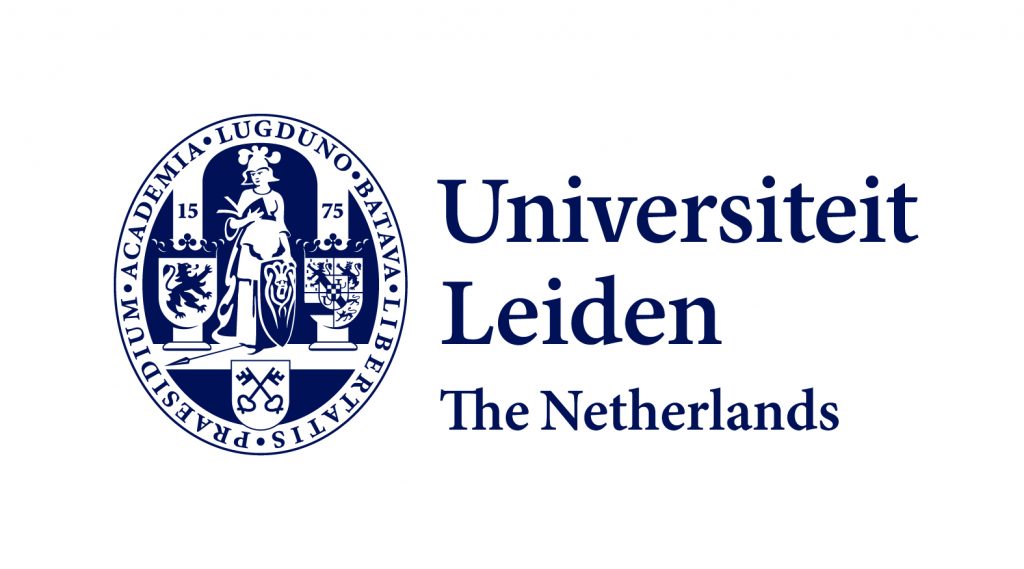From 2009 until 2014 the University of Leiden excavated a settlement dating to Merovingian times. Smaller parts of the settlement had already been excavated by ARCHOL and ADC-Archeoprojecten. The Oegstgeest settlement has been excavated almost completely. It existed between c 550 and 725 AD. It was of a modest size, counting c 5 or 6 contemporary farmsteads during its existence. Its population will not have been larger than c 60 persons. Nevertheless, the finds show it was intimately connected to regions far beyond its immediate horizon such as the middle Rhine valley from which products were brought to the settlement and England from which metal finds originate. An exceptional mind blowing find was a silver bowl decorated with gold leave images, found in a gully, which embellishes the cover of the book.

No less interesting and providing a window on the connections of the inhabitants of the settlement are the finds of grape pips, the oldest shoes with soles found in northwestern Europe made of vegetable tanned leather (a Mediterranean technique), horse gear with parallel finds in England only, sword fittings with direct parallels to those in the Staffordshire hoard, pottery from the Rhine valley and grain from löss areas, probably the Main area and wine (barrels) from the middle Rhine area as well. The inhabitants must have known a varied life style including keeping cattle in the floodplains, some agriculture on the river levees, fishing, and probably trading at short and long distances. They also practiced crafts such as smithing and above all casting of copper alloy objects. Small and unexpectedly large crucibles show that this must have taken place to satisfy the needs of themselves and those in other settlements.
Oesgtgeest is a truly riverine settlement, dependent on the river in the Rhine estuary, which was certainly a friend to the inhabitants. But it was a foe as well. There must have been a constant fight against the water to prevent flooding. Extensive dam building testifies to this struggle. Recent dendrochronological research allows now to even date these floodings exactly by year. 602 was a catastrophic year in the coastal areas of the Netherlands and northern Germany.
The Oegstgeest settlement will play a significant role in forthcoming discussions on the economy of northwestern Europe and the role of control of exchange values compared to control of production which dominates the discussion up til now.
The book design and lay out was in the experienced hands of Bregt Balk.
De Bruin, J./C. Bakels/F. Theuws (eds.), 2021: Oegstgeest. A riverine settlement in the early medieval world system, Bonn. Habelt Verlag (ISBN 978-3-7749-4291-2, 575 pp.)
The book can be purchased online at the website of the publisher Habelt (scroll down).

